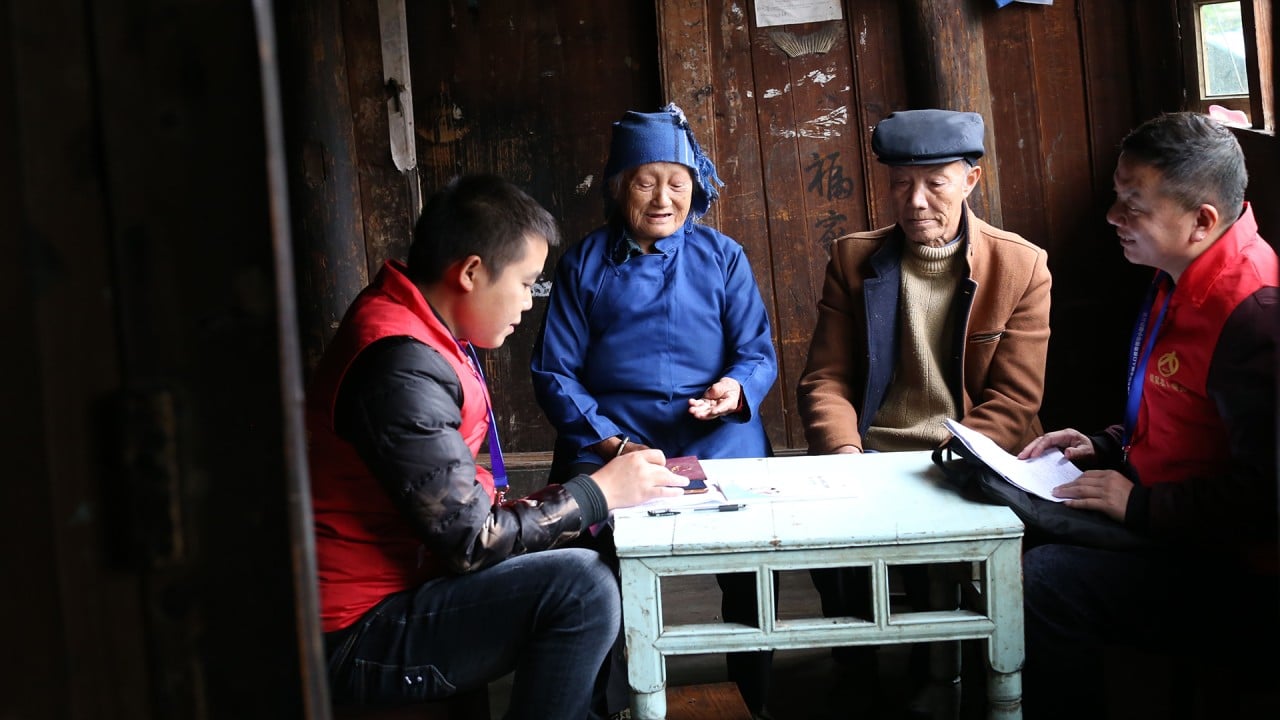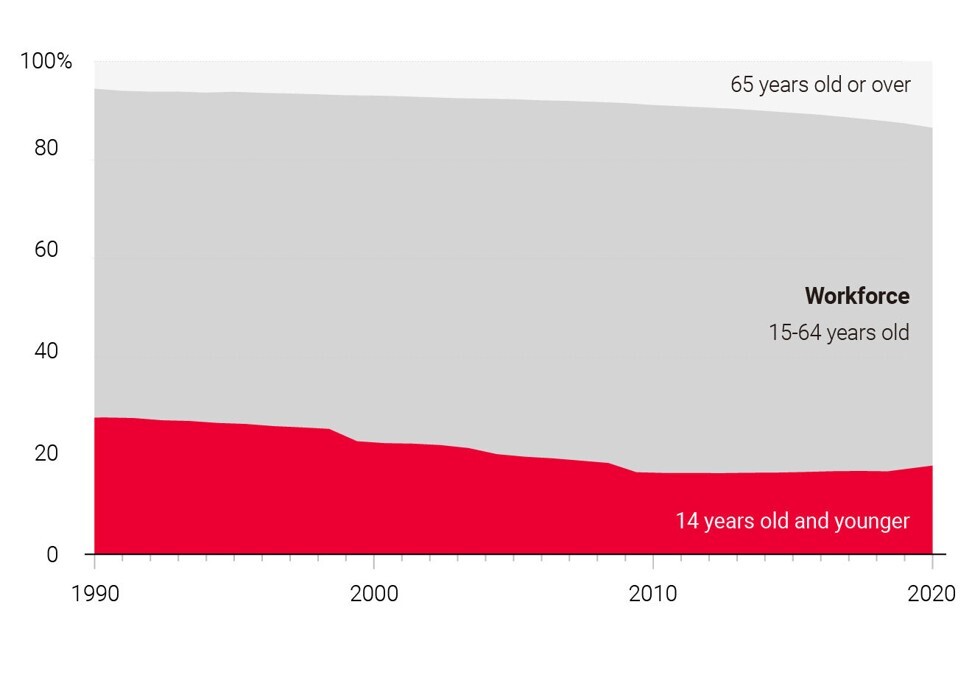
Digital generation gap: As China’s elderly population grows, so too does the need to bridge the digital divide
- China’s population over 60 years of age continues to grow, accounting for almost 20 per cent of the total population in 2020
- Most senior citizens lack the digital literacy required to access basic services at banks, hospitals, and public transport
This is the tenth in a series of stories about China’s once-a-decade census, which was conducted in 2020. The world’s most populous nation released its national demographic data on Tuesday, and the figures will have far-reaching social policy and economic implications.
It wasn’t until he went on his first post-pandemic holiday that 65-year-old Guo Zhichao actually thought of himself as old.
Guo, far from an outlier, provides a glimpse of the many difficulties China’s elderly face as the country simultaneously ages and digitises at an equally fast pace.

10:42
China 2020 census records slowest population growth in decades
People in the age group of 15 to 59 years old dropped to 63.35 per cent of China’s total population of 1.412 billion in 2020. While people in the age group of 60 and over rose to account for 18.70 per cent.
“The ageing of the population has further deepened, and in the coming period [China will] continue to face pressure for long-term, balanced development of the population,” Ning Jizhe, NBS commissioner, said at a press conference during the release.
By the end of last year, China’s internet population jumped to 989 million people, an almost 10 per cent increase from March 2020, according to a report from the China internet Network Information Centre (CNNIC), as ride-hailing, fresh food delivery, and QR code-based “health codes” saw increased use.
People aged 60 accounted for 11.2 per cent of the total internet population, according to the same report, a big jump from the 6.3 per cent in March 2020.
However, as local headlines continue to highlight the digital generation gap with news of the elderly unable to access basic services at banks, hospitals, and public transport due to a lack of smartphone literacy, policymakers have begun to focus on addressing the widening gap between digital natives and the elderly.
In November, the State Council, the executive branch of China’s central government, announced it would launch specific policies to help its senior citizens catch up with its booming digital economy – in particular, to help the elderly make better use of smart technology to access medical treatment, recreational activities and public services.
Responding to Beijing’s call, and recognising the enormous financial potential the elderly market represents, some of China’s major consumer-facing tech firms have already been developing products aimed at senior users, a market which was estimated to be worth 3.79 trillion yuan in 2020, according to estimates by the China National Committee on ageing in 2019.
China’s future remains bright regardless of shrinking population fears

02:36
China’s ‘longevity city’ may offer road map to country’s greying population
However, current efforts made by the internet giants still fall short of solving the wider social problem.
“Most senior users are not familiar with even the basic steps of using a smart device in the first place due to lack of instructions,” said Huang Zhaoqi, an analyst from investment research firm EqualOcean, adding that senior users, as digital immigrants, have limited ability to learn new technologies and products as fast as younger users.
In addition, the current market lacks enough smart devices designed for elderly users - projected to reach 480 million by 2050 - to meet their complex and diverse daily life needs, added Huang.
China faces ‘tricky’ reforms to unleash new growth as population ages
“There’s a need for companionship and entertainment programmes, as well as medical services, online shopping and voice-assisted technology,” Huang said.
But rather than teaching the elderly to use smart technologies to bridge the digital divide, enterprises and regulators should also leave open an option for those who are unwilling and incapable of integrating into the digital world, he added.
The mobile phone that 85-year-old retiree Li Hongwen’s son bought for her does not have a camera capable of scanning QR codes. Street vendors balk, she said, when she tries to buy things with cash.
“I don’t know how many years I have left. Why waste that money on buying a new phone?” Li said.












